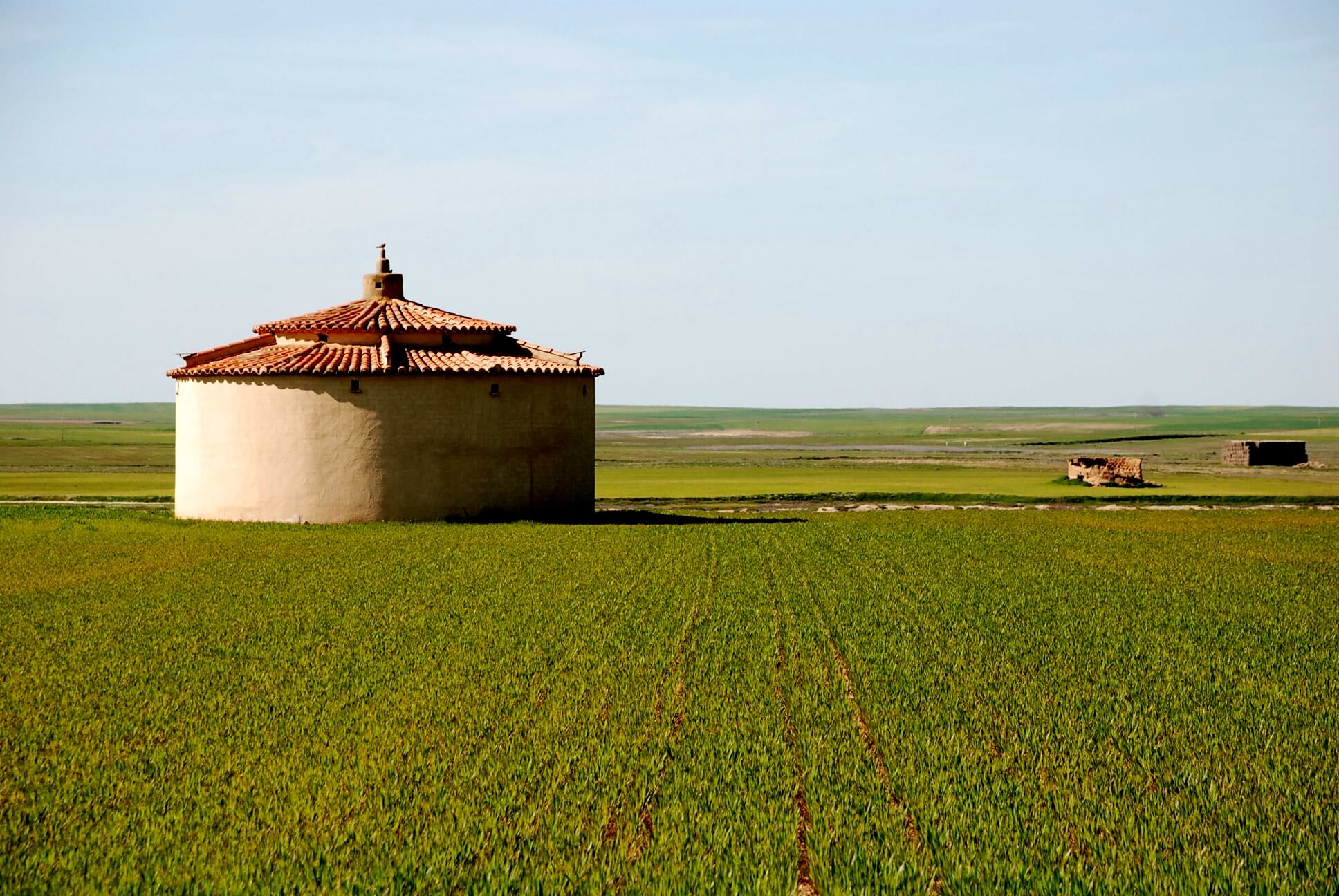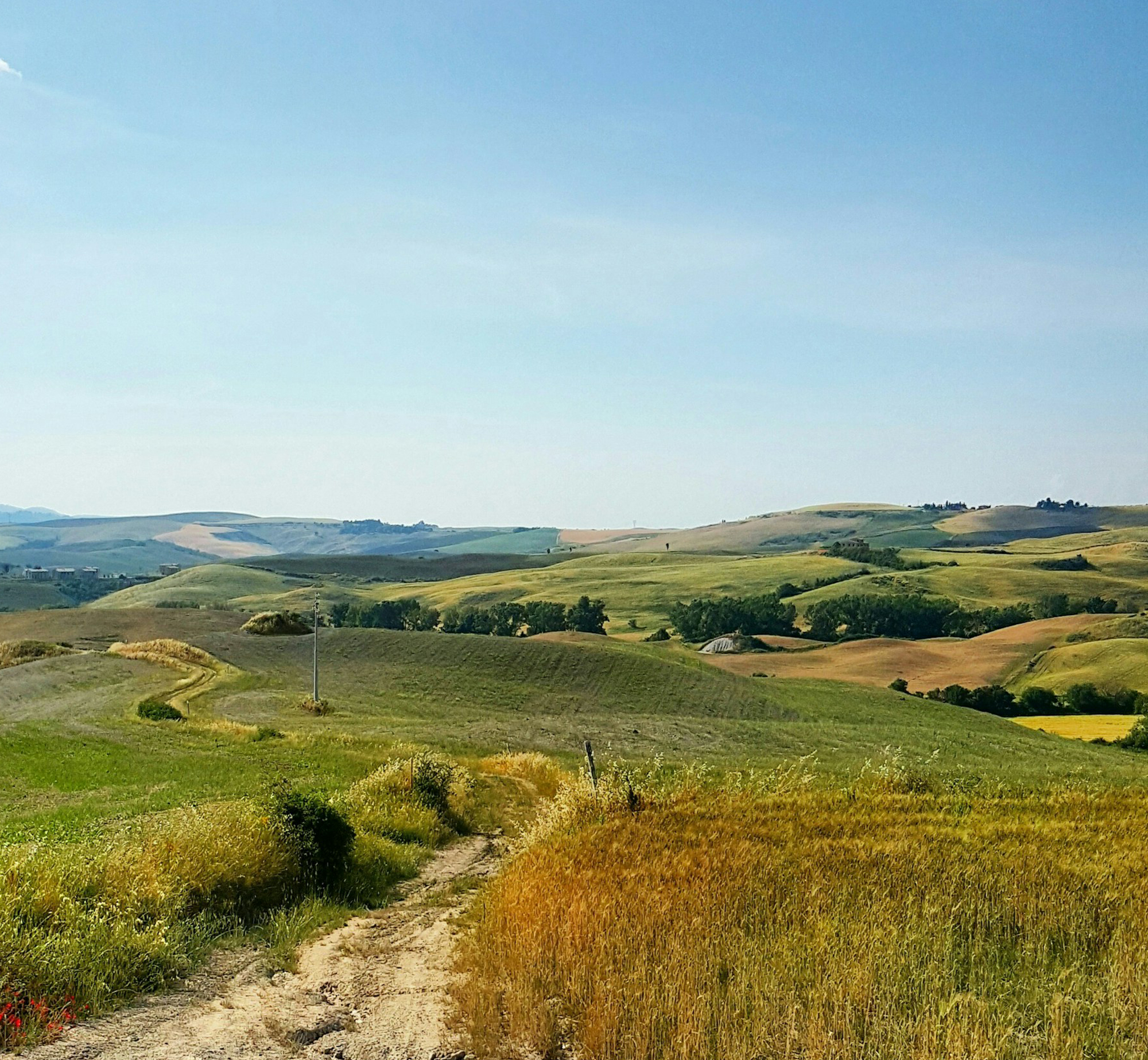Diputación Zamora, Spain
Territory: Mountainous and inner area
Inhabitants: 167,200
Area: 10,561 sqkm
Main occupations: Agriculture, livestock, small businesses, elderly care services
Protected areas: Lago de Sanabria, Arribes del Duero, Lagunas de Villafáfila, Sierra de la Culebra and Cabrera and Meseta Ibérica Transboundary Biosphere Reserve
Zamora province, nestled in western Spain, stands out for its cultural richness and heritage, with its capital city, Zamora, as the most populous centre. This province is a mosaic of 520 population centres across 248 municipalities, offering a unique blend of community vibrancy and peaceful rural life. Its geography boasts vast plains, fertile valleys, mighty rivers like the Duero and Esla, and mountain ranges along its north-western edges, sharing borders with Portugal. This scenic beauty provides a tranquil lifestyle for residents and visitors alike. Demographically, with 31% of its population over 65, Zamora is at the forefront of addressing the needs of an ageing population through innovative strategies.
The economy is primarily driven by the services and primary sectors, with many businesses being micro-companies. This emphasises a commitment to local, personalised services, especially catering to the ageing population, underlining Zamora's dedication to the Silver Economy.
Diputación de Zamora, as the public body in charge of the province’s administration, applies a collaborative approach and community engagement to contribute to the province's development and wellbeing as well as to foster a more sustainable and prosperous future for Zamora.

Our ambition
With support of Cartif Technological Centre, the key challenges we are addressing are the significant demographic shift characterised by depopulation and an aging population. To counter these trends and enhance community wellbeing, we focus on integrating advanced technologies like Internet of Things and Artificial Intelligence to improve healthcare access and services for the elderly, promoting a healthier and more active lifestyle. We are also committed to promoting projects that contribute to the sustainability of our territories such as agroecology and energy transition. This includes enhancing livelihoods of rural populations by implementing effective and environmentally friendly strategies that promote agricultural practices and energy systems that are in harmony with nature.
We want to transform our province into a model of innovation and adaptability. By prioritising health and wellbeing, leveraging technological advancements in agri-food and agroecology, and enhancing energy transition, we aim to build a community that is not only resilient in the face of current and future challenges, but also offers a high quality of life for all its residents. Our comprehensive strategy reflects a commitment to fostering collaboration across sectors, embracing community-driven solutions, and ensuring that our region remains vibrant, sustainable, and inclusive for generations to come.
Despite already offering different initiatives to promote sustainable agri-foods systems and ecosystem management, we face ongoing challenges in monitoring crops and livestock, managing water resources effectively, and integrating traditional agricultural practices with modern innovations.
Through RURACTIVE, our goal is to enhance energy efficiency and reduce carbon emissions, positioning our region as a leader in sustainable energy practices.
We aim to further mitigate the effects of depopulation and improve the quality of life in dispersed rural communities, ensuring that even the most remote areas have access to essential health and social services.
This makes us unique
The province of Zamora has become a hub for nature conservation and historical heritage, offering natural parks, rural tourism, and cultural areas for enjoyment. Specifically, in Zamora province, one can find the Sanabria Lake Natural Park and its surroundings, the Arribes del Duero Natural Park, and the Villafáfila Lagoons Natural Reserve, as well as the Iberian Plateau Biosphere Reserve, shared with Salamanca and Portugal. There are also protected areas or special hunting regimes in the Sierra de la Culebra and Sierra de la Cabrera. On the other hand, the historical heritage of Zamora is characterised by numerous Romanesque churches, castles and monasteries.
Traditional industries such as wine making and cheese production have been revitalised. Some of Zamora’s products have been granted official protection and recognition due to their unique characteristics. In addition to this, in 2024, the second edition of “Fromago Cheese Experience” International Exhibition is held in Zamora.
The popular culture of Zamora province is showcased through a diverse array of customs and festivals, most of which are closely tied to its traditional cuisine. Particularly noteworthy is the Holy Week, declared an International Tourist Interest Event, and regarded as one of the most remarkable in Spain for its uniqueness, austerity, expressiveness, and religiosity, with origins dating back to the 14th century. Additionally, several villages in the province kick off the year with masks and costumes, participating in a pre-Roman tradition where grotesque characters dressed in colourful, extravagant outfits run through the streets, jumping, chasing, or playing pranks on people.
Local Task Force
Agriculture Company
Centres for the Elderly Association in Zamora
Catholic NGO
Regional Health Authority
University of Salamanca
Local Sculptor




